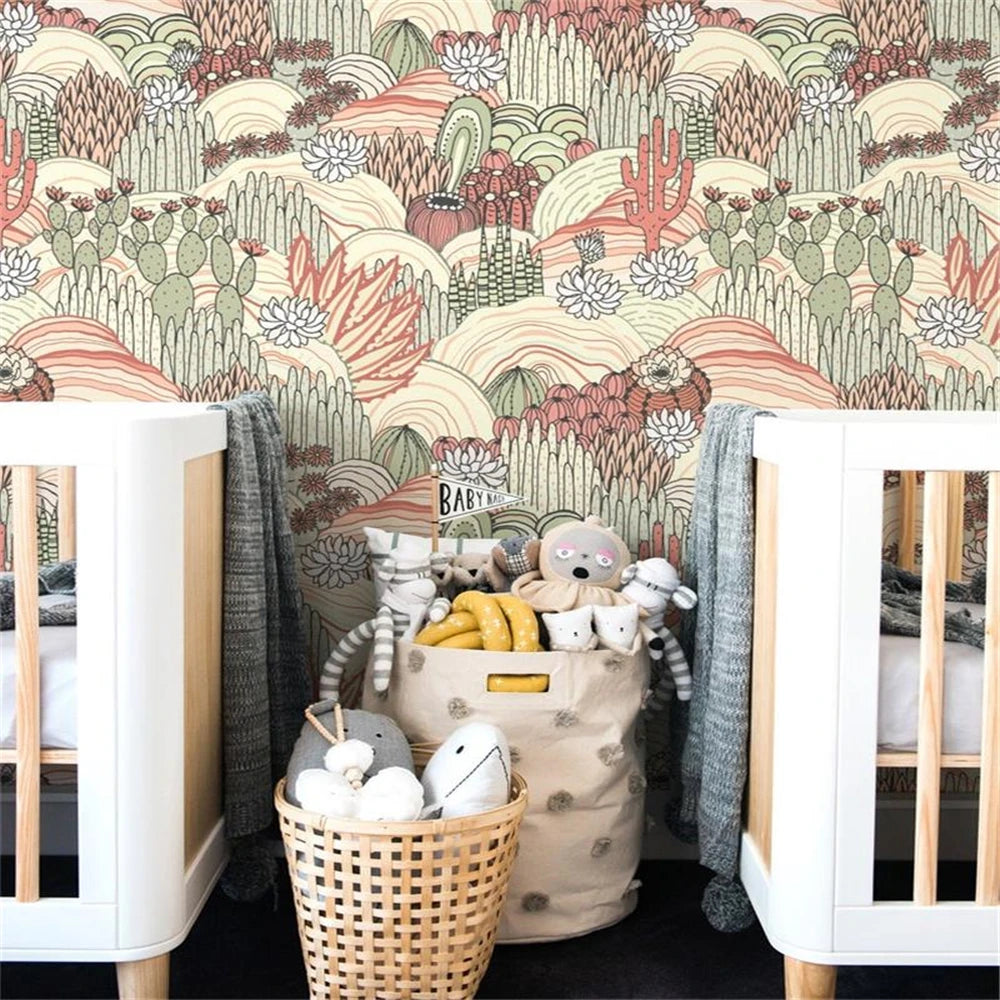How To Remove Wallpaper Easily
How to Remove Wallpaper Easily - DIY Tips and Tricks
How to Remove Wallpaper Easily - DIY Tips and Tricks
Preparing Your Room
Before you start removing wallpaper, make sure to prepare the room properly. Start by removing any furniture or items that may obstruct your work area. Cover the floor with drop cloths or old sheets to protect it from any debris that may fall during the process.
Next, remove any faceplates or outlet covers from the walls to prevent damage or interference. It's also a good idea to turn off the electricity in the room for added safety. Finally, gather all the necessary tools such as a wallpaper scorer, scraper, sponge, and warm water before you begin.
Properly Scoring the Wallpaper
Start by scoring the wallpaper with a wallpaper scorer or a utility knife. This will help loosen the adhesive and make the removal process easier. Make sure to score the wallpaper in a crisscross pattern to create small holes that will allow the water to penetrate and dissolve the adhesive behind the wallpaper.
Be careful not to apply too much pressure to avoid damaging the wall underneath. Take your time and be patient throughout this step to ensure the best results.
If you're working with vinyl wallpaper, you may need to remove the top layer first before scoring the backing. Gently peel off the top layer to expose the vinyl backing, which you can then score and remove as well.
Removing the Wallpaper
Once you've properly scored the wallpaper, it's time to remove it. Start by soaking a sponge or rag in warm water and saturate the scored wallpaper. Allow the water to penetrate for a few minutes, allowing the adhesive to soften.
Using a wallpaper scraper, gently start at the edges and begin peeling the wallpaper away from the wall. Work in small sections to avoid damaging the wall or tearing the wallpaper. If you encounter stubborn areas, reapply warm water and let it sit for a few more minutes before trying again.
Continue this process until you've removed all the wallpaper from the entire room. Remember to be patient and take breaks if needed, as removing wallpaper can be a time-consuming process.
Dealing with Stubborn Residue
After removing the wallpaper, you may notice some stubborn residue left behind on the walls. To effectively remove this residue, create a cleaning solution by mixing warm water and dish soap. Apply the solution to the walls using a sponge or cloth and gently scrub in a circular motion.
If the residue is still stubborn, you can also try using a wallpaper adhesive remover. Follow the instructions on the product and apply it to the residue. Allow it to sit for a few minutes, and then gently scrape away the residue using a scraper or putty knife.
Repairing Damaged Walls
During the wallpaper removal process, it's common to encounter small damages on the walls. To repair these damages, start by filling any holes or divots with spackling compound. Smooth it over with a putty knife and let it dry before sanding the area to make it even.
If there are any larger damages, such as significant holes or gouges, you may need to use a joint compound for proper repair. Apply the joint compound with a putty knife, ensuring it's evenly spread over the damaged area. Let it dry and then sand it down until it's smooth and level with the surrounding wall.
Once you've repaired any damages, you can proceed with priming and painting the walls to give them a fresh new look.
Maintaining a Clean and Safe Workspace
Throughout the entire wallpaper removal process, it's important to maintain a clean and safe workspace. Dispose of any removed wallpaper and debris properly to avoid any accidents or damage. Keep your work area organized and tidy to minimize the chances of accidents or injuries.
Additionally, make sure to wear appropriate protective gear such as gloves and safety goggles to shield yourself from any potential harm. Safety should always be a priority during any home improvement project.
Final Thoughts
Removing wallpaper can be a challenging task, but with the right tools and techniques, it can be done easily and efficiently. Remember to prepare your room properly, score the wallpaper effectively, and remove it with patience. Deal with any residue or damages as necessary, and maintain a clean and safe workspace throughout the process.
By following these DIY tips and tricks, you'll be able to remove wallpaper and transform your space into a fresh canvas for new possibilities.









